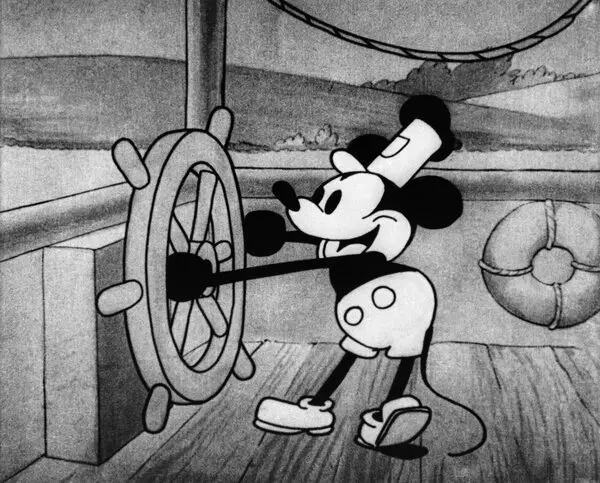How Can We Reduce Marine Waste?
Waste in the ocean poses serious threats not only to marine life, but also to humans all across the world. It’s estimated that the deaths of nearly 100 million marine animals each year are due to plastic pollution in the ocean. Even though the problem is at sea, those of us in Colorado and around the United States are also part of the concern.
Much of the trash in the ocean is discarded fishing gear, with the United Nations estimating between 600,000 to 800,000 tonnes of which are going into the ocean every year. Even once these are retired from active use, the old nets and traps end up doing something known as “ghost fishing” and occasionally referred to as plastic entanglement. This is what it is called when this waste ends up catching various wildlife after it has been thrown away. Ocean Crusaders said that, in 2018, ”100,000 marine creatures die from plastic entanglement.”
While most ocean garbage is fishing gear, plastics resulting from individual usage are not insubstantial. Plastic is prone to absorbing and transporting potentially dangerous chemicals from one part of the ocean to another. In addition to the inherent danger posed to wildlife by this absorption, most commercial plastics are also made with chemical additives that can cause many adverse effects on our environment.
These additives make them much slower to break down, with most of the pollution we generate taking between 20 to 500 years to begin degrading into microplastics. Even though they are broken down, they haven’t been removed from the environment, they’ve only been broken into very small pieces, known as microplastics.

























